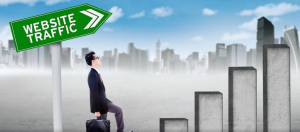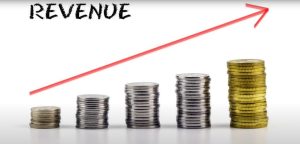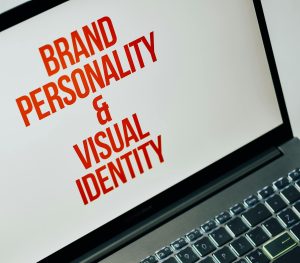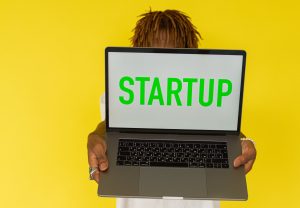Traffic-generating products | Doctor Panda
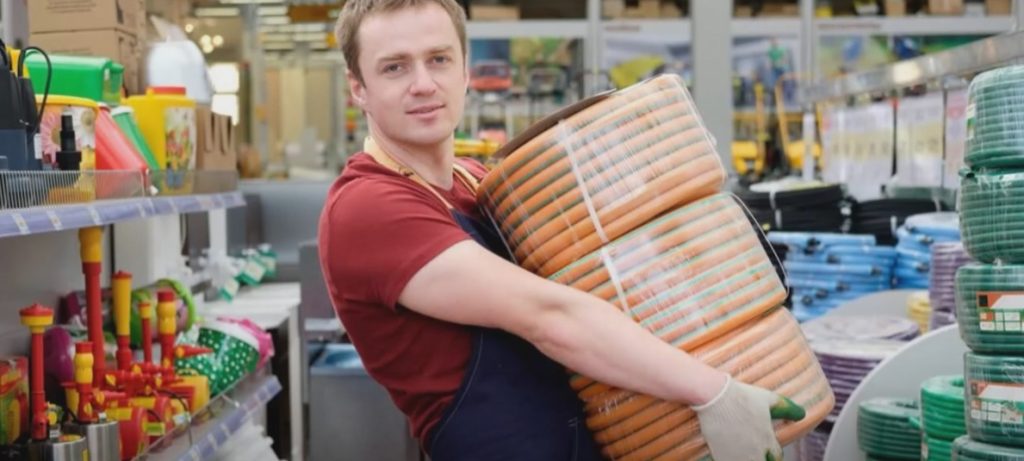
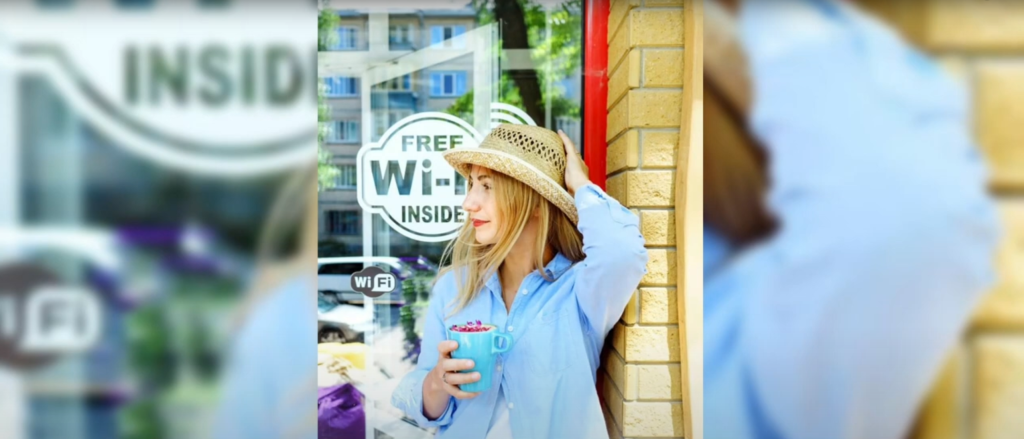
I have a friend who has been running a supermarket in the countryside for many years. Last summer, another supermarket opened in the village, diverting the customer flow, and his business declined significantly. He was very anxious because if he lowered prices to attract customers, although it would draw them in, he wouldn’t make a profit. What should he do?
To address this ‘what to do’ problem, we first need to understand the nature of the issue. The essence of the problem is that while costs remain the same, the customer flow has decreased. In other words, with increased competition, the cost per customer is rising. He needs to find a more effective way to acquire customer flow with lower costs.
What to do? Perhaps he could try: ‘traffic-generating products’.
What are traffic-generating products? Let me give you an example.
You open your mailbox and find a flyer from a large supermarket. With a glance, wow, this store is having a celebration (actually, they celebrate 365 times a year), and cola is only $1.3. And usually, you spend $1.6 on it. So, over the weekend, you visit the supermarket, bought several cases of cola, and also picked up a bucket of oil, two liters of milk, three packs of frozen dumplings, and lots of snacks.
What is a traffic-generating product? Cola, that’s the supermarket’s ‘traffic-generating product’, while other items are the supermarket’s ‘profitable products’.
Gaining customer flow comes with costs. Store rent is the cost of offline traffic; bidding ranking is the cost of online traffic. Other than ‘buying traffic at a cost’, is there any other way? Yes. You can also ‘exchange profit for traffic’.
Let’s say the cost price of cola is $1.3, and you used to sell it for $1.6. Now, I’m selling it for only $1.3, not earning a penny. Because it’s cheaper, a large number of customers are attracted. The $0.3 profit you gave up is the cost you used to buy traffic. At this point, your purpose in selling cola isn’t profit but attracting foot traffic. Once customers are here, they also end up buying milk, dumplings, and snacks. These are the items that actually bring you profits, also known as ‘profitable products’.
Traffic-generating products can not only be items without profit margins but also things that customers wish to have, like ‘convenience’. For example, free WIFI, an item that can make customers eager to come in and more willing to stay after entering; an ATM machine, which allows customers to stand in your store the very next second; parcel collection services, which encourage office workers to stop by your shop after work, possibly even buying dinner.
So, what should my friend do? He can set up some traffic-generating products in the supermarket, such as ‘free provision of wedding banquet utensils’.
Many families in rural areas hold banquets, but most households don’t have enough utensils. Directly buying them is wasteful and impractical. He can purchase some disinfection cabinets and enough utensils, providing them for free to those organizing banquets. This way, customers, while picking up the utensils, also end up purchasing the necessary items for their banquets, securing profits for the supermarket.
Traffic-generating products are items that use profit or convenience to obtain customer flow.
In the business world, what other problems can be solved by the logic of traffic-generating products?
Suppose I run a restaurant and want to use profit to obtain customer flow, what should I do? I could add a few traffic-generating dishes. For example, the unique ‘Mapo Tofu’ made by Grandma’s House in Hangzhou, costing very little and selling for only $3. This $3 Mapo Tofu is Grandma’s House’s traffic-generating product.
Or, let’s say I’m a tourist attraction, hoping to exchange profit for customer flow, what should I do? I could waive the admission fees. For instance, both the British Museum and Hangzhou’s West Lake Scenic Area do not charge admission fees, attracting a large number of visitors, and the city can make money through accommodation, dining, performances, and souvenir sales. The British Museum and West Lake are the city’s traffic-generating products.
Suppose I’m a Taobao seller and want to use profit to obtain customer flow, what should I do? I could introduce a few super popular single items. Make customers think, ‘Wow, this is so cheap!’ and keep shopping in your store. These single items are the online store’s traffic-generating products.
Suppose I’ve opened a bar and want to use profit to obtain customer flow, what should I do? I could offer free entry for women and charge men; offer free peanuts but charge for beer. Women and peanuts then become the bar’s traffic-generating products.
Suppose I’m running a shopping center and want to use profit to obtain customer flow, what should I do? I could install the largest slide in all of Asia, free for customers to play on. It must be the largest in all of Asia. You’ll see kids and parents lining up. The largest slide in Asia then becomes the shopping center’s traffic-generating product.
Whether it’s running a movie theater and using the profits from movie tickets to gain customer flow, relying on popcorn sales; or running a pharmacy, placing a free weight scale at the entrance, relying on sales of weight loss drugs; or running a supermarket, providing limited supplies of cheap eggs, attracting customers to line up, these are all combinations of using traffic-generating products and profitable products.

